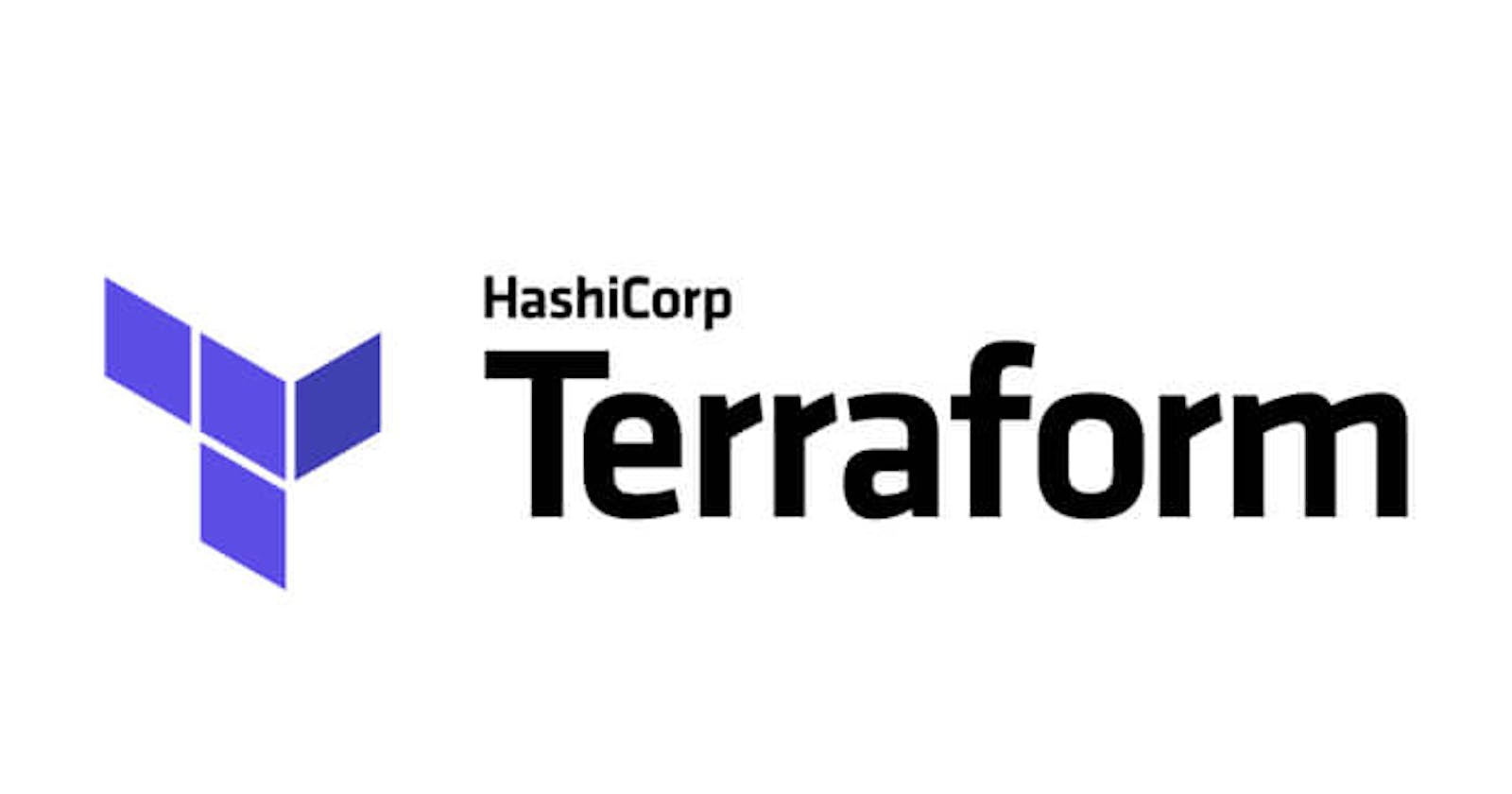Exploring the Main Concepts of Terraform: Infrastructure as Code Made Simple
In the ever-evolving landscape of cloud computing and infrastructure management, automation has become a key player. Terraform, developed by HashiCorp, has emerged as a powerful Infrastructure as Code (IaC) tool, allowing users to define and provision infrastructure in a declarative and version-controlled manner. In this blog post, we'll delve into the main concepts of Terraform, shedding light on its fundamental principles.
What is Terraform?
Terraform is an open-source IaC tool that enables users to define, provision, and manage infrastructure as code. With Terraform, you can describe your infrastructure in a configuration language, execute a plan to understand changes, and apply those changes to create or modify infrastructure resources. This approach provides several advantages, including version control, collaboration, and reproducibility. To Install Terraform in your local machine, Please read this Blog for Installation process: https://balajisomasale.hashnode.dev/install-terraform-in-linuxwindowsmacos
Key Concepts:
1. Declarative Configuration:
Terraform uses a declarative configuration language, HashiCorp Configuration Language (HCL), to describe the desired state of your infrastructure. In a declarative model, you specify what you want, and Terraform determines how to achieve it. This stands in contrast to imperative models where you specify the steps to reach a desired state.
2. Providers:
Providers are plugins that interface with APIs of various infrastructure platforms. Terraform supports a wide range of providers, including AWS, Azure, Google Cloud, and many others. Each provider offers resources and data sources specific to its platform, allowing users to manage resources like virtual machines, databases, and networks.
3. Resources:
Resources are the building blocks of your infrastructure. They represent the components you want to create and manage, such as virtual machines, storage buckets, or DNS records. In your Terraform configuration, you define resources with specific attributes and settings.
resource "aws_instance" "example" {
ami = "ami-0c55b159cbfafe1f0"
instance_type = "t2.micro"
tags = {
Name = "example-instance"
}
}
4. Data Sources:
Data sources allow you to fetch information from existing infrastructure or services outside of Terraform. They provide a way to incorporate external data into your Terraform configuration, making it dynamic and adaptable.
data "aws_ami" "latest_amazon_linux" {
most_recent = true
owners = ["amazon"]
filter {
name = "name"
values = ["amzn2-ami-hvm-*-x86_64-gp2"]
}
}
5. Variables:
Variables in Terraform allow you to parameterize your configuration. They enable you to reuse and customize your infrastructure definitions for different environments or scenarios. Variables can be defined within your configuration or externally using variable files or environment variables.
variable "region" {
description = "AWS region"
type = string
default = "us-east-1"
}
6. Outputs:
Outputs allow you to expose information about your infrastructure that can be useful for users or other systems. This could include IP addresses, DNS names, or any other relevant details.
output "instance_ip" {
value = aws_instance.example.public_ip
}
7. State:
Terraform maintains a state file that records the current state of your infrastructure. This file, typically named terraform.tfstate, is crucial for Terraform to understand what resources it is managing and to plan and apply changes effectively. Terraform offers backends for remote storage of state files, enabling collaboration and versioning.
8. Modules:
Modules in Terraform allow you to encapsulate and reuse configurations. They provide a way to organize and abstract your infrastructure code into manageable components. Modules can be sourced from local paths or remote repositories.
Workflow:
The typical Terraform workflow involves the following steps:
Initialization: Run
terraform initto initialize the working directory, download necessary providers, and set up the backend.Planning: Execute
terraform planto see the changes that Terraform will make to your infrastructure. This step is a dry run to understand the impact of your configuration.Apply: Run
terraform applyto apply the changes and create/update the infrastructure.Destroy (Optional): If needed, execute
terraform destroyto delete all resources defined in your configuration.
Conclusion:
Terraform simplifies infrastructure management by providing a unified and codified way to define, version, and provision infrastructure across different cloud providers. Understanding the core concepts of Terraform empowers users to efficiently manage and scale their infrastructure while ensuring consistency and reproducibility.
As you embark on your Terraform journey, keep in mind that the documentation and community resources are valuable companions. They provide insights into best practices, troubleshooting, and evolving features of this dynamic tool. Embrace the power of Infrastructure as Code with Terraform, and unlock new possibilities in automating and managing your cloud infrastructure.

